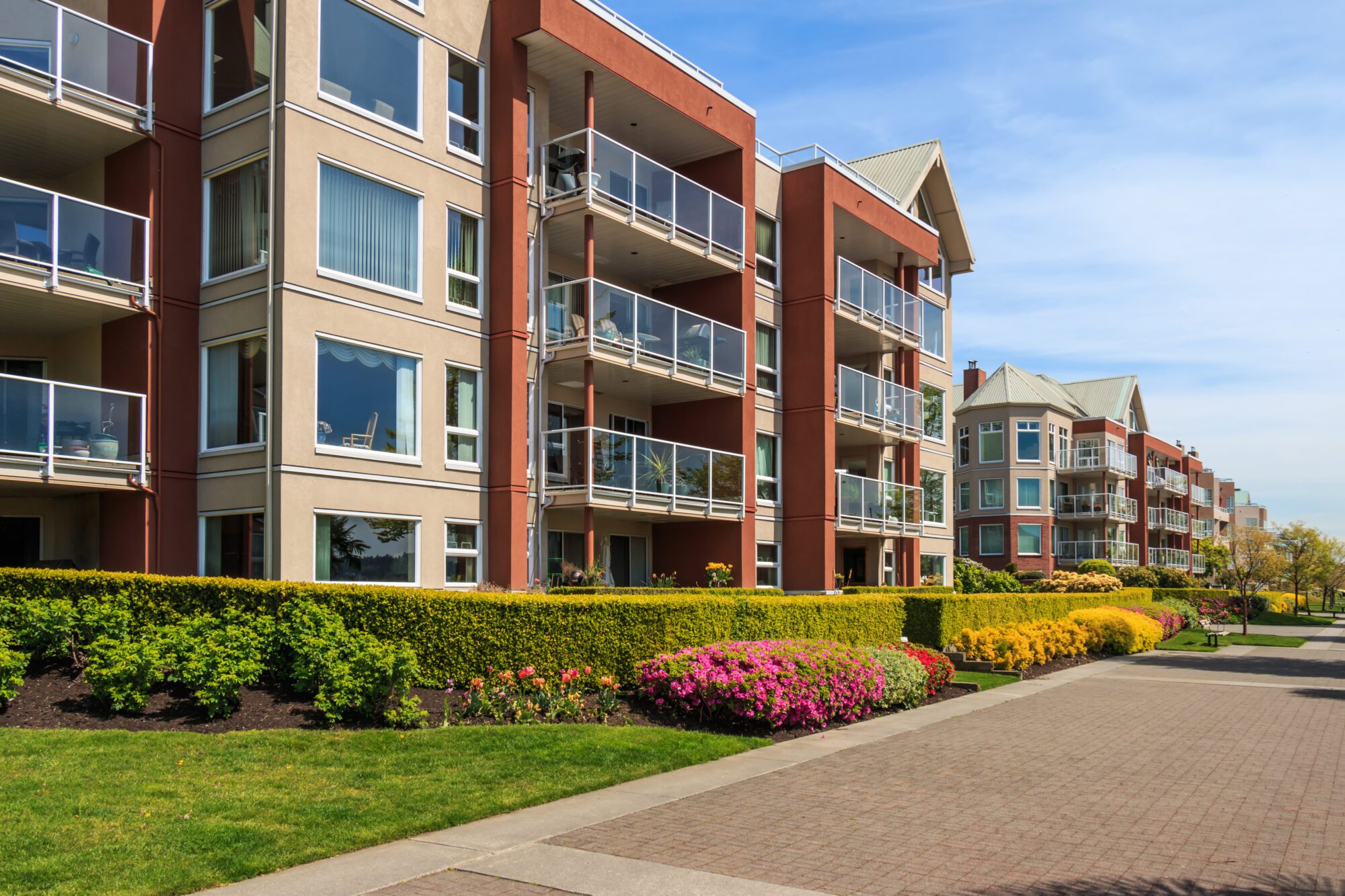
As warmer weather approaches, it’s imperative to make sure that your building is prepared for an increase in outdoor activity, and that everything is running smoothly overall. Besides the prep needed for the change in seasons, keeping up with routine maintenance is the surest way to limit costly exposures. Failure to maintain is one of the most common explanations cited by insurance carriers when claims are denied.
Walkways/Sidewalks, Parking Lots and Garages
Remove any debris and immediately repair any cracks or lifts in the pavement or floors. Proper lighting of sidewalks and parking areas is important in protecting against slips, trips, and falls.
Swimming Pools
Make sure to have all safety, staffing, and maintenance in order. New York and New Jersey require that every pool be operated by a Certified Pool Operator (CPO). You can also hire an independent pool management company to handle the day-to-day operations and keep the facility up to regulatory standards.
Playgrounds
Faulty equipment, improper surfaces, and unsupervised children can lead to an unforeseen visit to an emergency room and most likely will result in a lawsuit. Check for broken equipment and make sure equipment doesn’t show any signs of weakening, splintering, or rusting. Rubber surfacing mats and tiles that are safety tested should be mandatory as it is also a common insurance requirement.
Roof Decks
Roof decks can be a huge liability exposure and usually require at least a four-foot railing atop the parapet. Make sure to tend to plant debris often, as leaves can clog drains, which can cause leaks and floods. Rules should also be posted addressing cooking, clean-up requirements, alcohol, age restrictions, and hours of admittance.
Also, many buildings today use gravel and stone to cover the roof membrane. Be aware that the rocks make it harder to find leaks when they occur and also interfere with proper roof maintenance.
Stairwells and Common Areas
Emergency lighting and illuminated exit signs are key factors in life safety during a fire. By providing the proper lighting, people can exit the building safely, reducing the likelihood of injury or death. Insurance carriers now prefer to see both installed in buildings, especially if the building is over six stories.
Recreational Facilities
Rules and regulations should be posted for everyone to see. They should also contain age restrictions, hours of operation, and whether or not guests are allowed. Doors should remain locked when the facilities are not in use and/or should lock automatically when closed. Equipment should be in working order and inspected regularly.
Elevators
Perform preventative maintenance regularly. When doing so, make sure notices are clearly posted, and residents are aware of any issues. Violations can be a significant safety hazard and need to be addressed immediately.
Building Security
It is the board’s responsibility to provide a secure living environment. Intercom systems, locked doors, and keypad entry are a start, but they can also provide a false sense of security. Closed circuit television and or a 24-hour door person are proven deterrents.
Although these steps may feel tedious, they are necessary and can prevent significant issues. In addition to potentially limiting property damage, taking these steps can limit the building’s liability if and when such damage occurs. The insurance carrier wants to be sure that you are doing all you can to protect the location.
Staying ahead of these issues will help prevent losses and limit the chances of denial for maintenance-related claims. We recommend completing a building and grounds checkup at least twice per year. This will help you manage unforeseeable occurrences before they happen.

